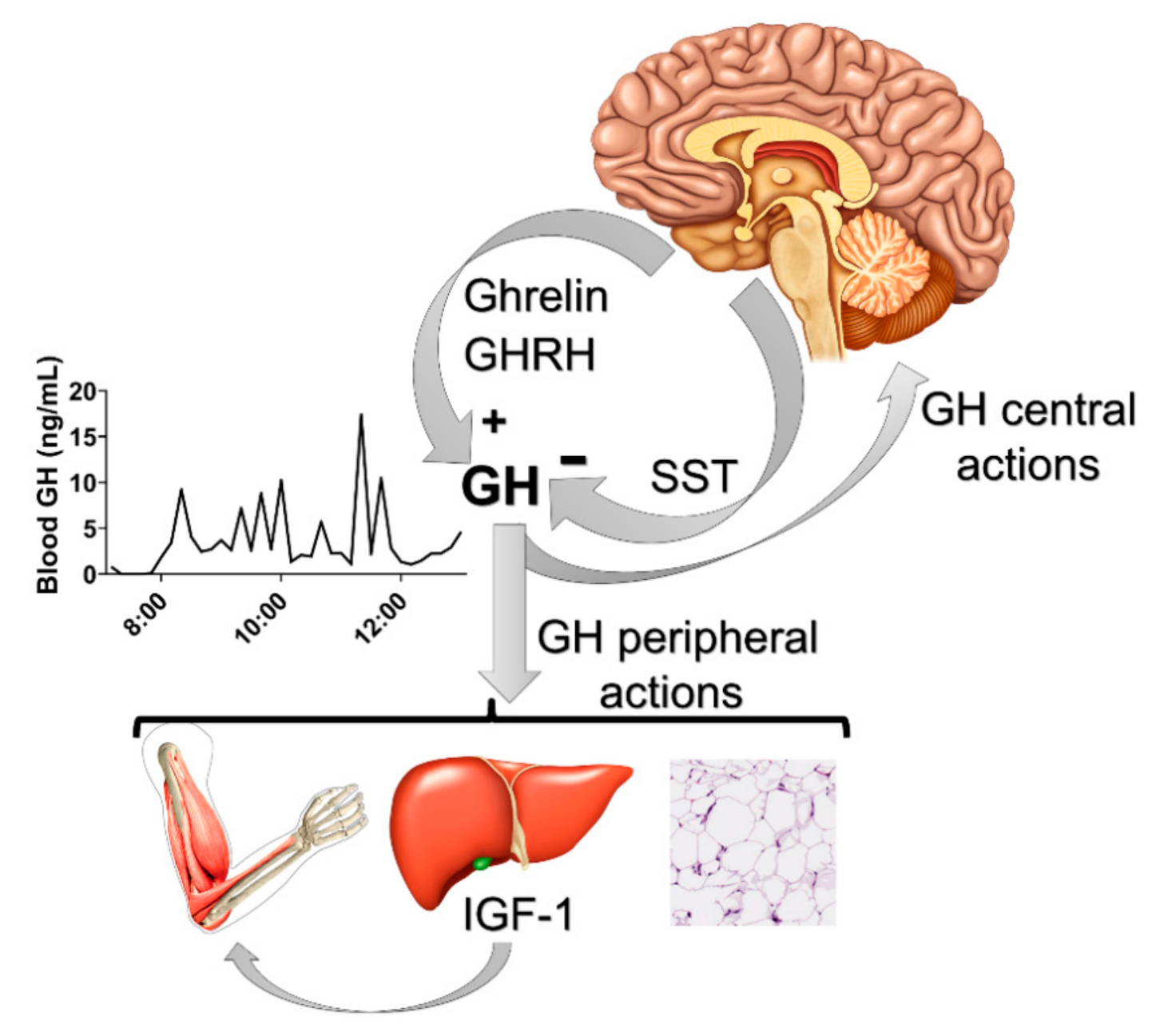Are you looking to know How Do Studies Explain the Mechanism of Ghrp 6 in Growth Hormone Release? then read this article to find out How Do Studies Explain the Mechanism of Ghrp 6 in Growth Hormone Release

A cascade of growth hormone is released when GHRP-6 connects with ghrelin receptors on pituitary cells. Scientists studying peptides available when researchers buy ghrp 6 for lab work look at how this hexapeptide differs from natural ghrelin despite firing up similar. The compound size lets it cross biological barriers faster than bigger molecules. Research zeroes in on how well it binds receptors, what happens inside cells after binding, and downstream hormone release patterns.
Receptor binding specifics
GHRP-6 grabs onto the same GHS-R1a receptors as natural ghrelin. These receptors sit on somatotroph cells in the anterior pituitary gland. Studies measuring receptor occupancy show GHRP-6 binds with high affinity but let’s go faster than some other growth hormone secretagogues. This creates distinct drug profiles:
- Quick receptor engagement that starts signalling fast
- Shorter time stuck to receptors compared to longer-acting versions
- Less receptor burnout from brief binding periods
- Room for multiple doses without excessive receptor shutdown
- Different tissue spread patterns based on where receptors exist
The peptide’s pickiness for GHS-R1a over other receptor types explains why it has effects that mainly zero in on growth hormone secretion rather than firing up unrelated systems all over the place.
Signalling cascade activation
Once GHRP-6 grabs its receptor, G-proteins hooked to the receptor get activated. These G-proteins trigger phospholipase C, like inositol triphosphate and diacylglycerol. These molecules cause calcium dumping from storage spots inside cells while firing up protein kinase C. Rising calcium levels inside somatotroph cells represent the crucial signal for growth hormone vesicles to fuse with cell membranes.
The signalling pathway also involves:
- Adenylyl cyclase activation makes cyclic AMP in some cell types
- MAPK pathway engagement affecting gene transcription
- Ion channel tweaking, changing how excitable cells get
- Protein phosphorylation cascades amplify initial signals
- Feedback mechanisms limiting excessive activation
These interconnected pathways create strong signals that reliably trigger hormone release even when receptor occupancy stays brief. The backup systems built into these pathways ensure consistent responses across different body conditions.
Pituitary response patterns
Somatotroph cells respond to GHRP-6 by dumping stored growth hormone from secretory granules. How much gets released depends on how much hormone sits in pools and is ready to go. Studies show the peptide causes pulsatile rather than continuous secretion, copying natural growth hormone release patterns. Peak levels are hit 15 to 30 minutes after administration in most animal models. The pituitary response shows dose-dependent traits where higher peptide amounts produce bigger growth hormone pulses up to a saturation point. As doses are repeated, tachyphylaxis is revealed, where late responses are slowed. The time needed to refill secretory granules and restore receptor sensitivity determines how long it takes between doses to restore full responsiveness.
Hypothalamic interaction
GHRP-6 directly gooses pituitary cells, hypothalamic neurons secreting growth hormone-releasing hormone and somatostatin. The peptide amplifies GHRH effects when both act together, creating synergistic growth hormone release exceeding what either produces. It partly overcomes somatostatin’s braking effects, though not completely.
The arcuate nucleus, where ghrelin receptors cluster, appears primed for GHRP-6, according to studies mapping neural firing patterns. Numerous hypothalamic regions receive signals from these neurons, coordinating metabolic and hormonal functions. The peptide’s hypothalamic effects contribute to appetite boosting, which was observed alongside growth hormone release in animal studies. This dual action on the pituitary plus the hypothalamus creates more complex body responses than simple direct pituitary goosing.